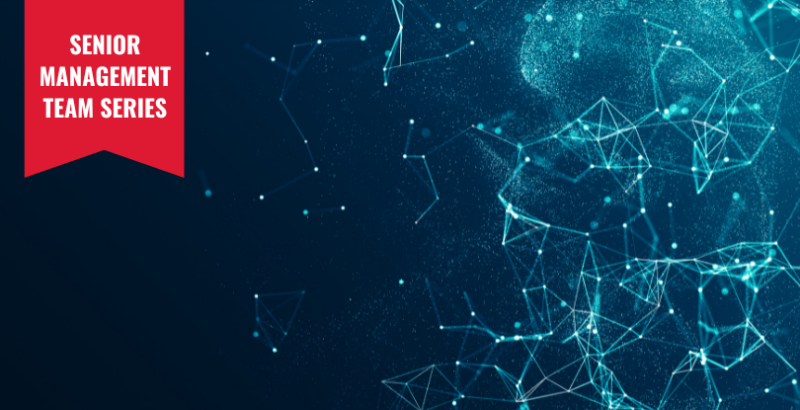The Future of Pest Management is all in the Data
April 4, 2023 – As technology continues to advance at a rapid pace, the business model of the future is changing in pest management. The value of a pest management professional is quickly moving away from checking traps and placing bait. In fact, inspection and analysis are already the gold standard for most 3rd party auditing standards, Organic Certifiers, and the general pillars of Integrated Pest Management. However, this barely scratches the surface of our expanding capabilities.
For the past 10-20 years, the pest management industry has been collecting digital data points for every trap, every service, and every application. Now, with the latest technological advancements, we can combine this data with historical meteorological data and then match it against known biological markers by specific pest. In doing so, we can move from a reactive approach to a predictive approach, where we can anticipate and prevent pest infestations before they even happen.
With the influx of connected monitoring devices, our data points will increase exponentially. IoT devices, such as smart traps and sensors, are quickly becoming more prevalent in the pest management industry. These devices allow us to collect data in real-time, providing us with a more accurate picture of the pest activity in a given area. As more and more of these devices are deployed, our ability to analyze and interpret this data will only continue to improve. This will enhance and refine algorithms in predictive analytics, leading to even more accurate and effective pest prevention strategies. The possibilities are endless, and it’s an exciting time to be on the forefront of this technology-driven approach to pest management.
This is where hyper-local, machine learning algorithms come into play. By analyzing vast amounts of data, these algorithms can challenge the industry to redefine value through scientific expertise and true pest prevention. Instead of waiting for an infestation to occur and then taking corrective action, the industry can now be proactive in its approach, preventing pest problems before they even start.
The benefits of this new approach are numerous. First and foremost, it reduces the need for costly and potentially hazardous chemical treatments. By preventing pest problems before they occur, we can eliminate the need for these treatments altogether. This is good news for both the environment and for the bottom line of pest management companies.
Additionally, this approach can lead to more efficient use of resources, as we can focus our efforts on the areas where pests are most likely to be a problem. It also means that pest management professionals will need to have a more scientific understanding of pests and their behavior, which in turn will lead to more effective solutions and a higher level of service for customers.
The future of pest management is all in the data. By using hyper-local, machine learning algorithms to analyze vast amounts of data, we can move from a reactive to a predictive approach, preventing pest problems before they occur. This new approach will lead to more efficient use of resources, more effective solutions, and a higher level of service for customers. It’s an exciting time to be in the pest management industry, and those who embrace these new technologies will undoubtedly be at the forefront of this rapidly changing field.
By AJ Treleven, Director of Operations

